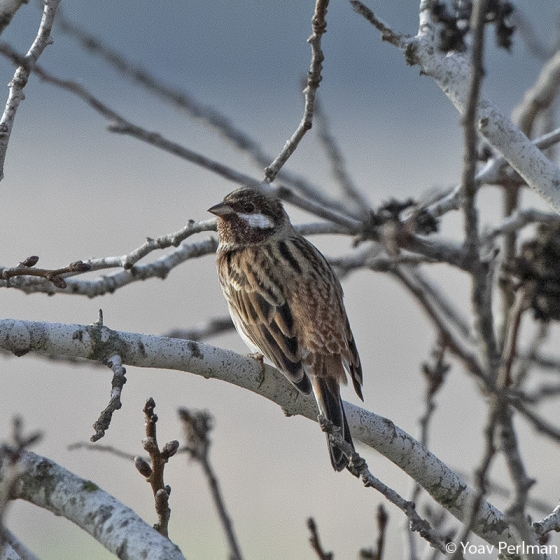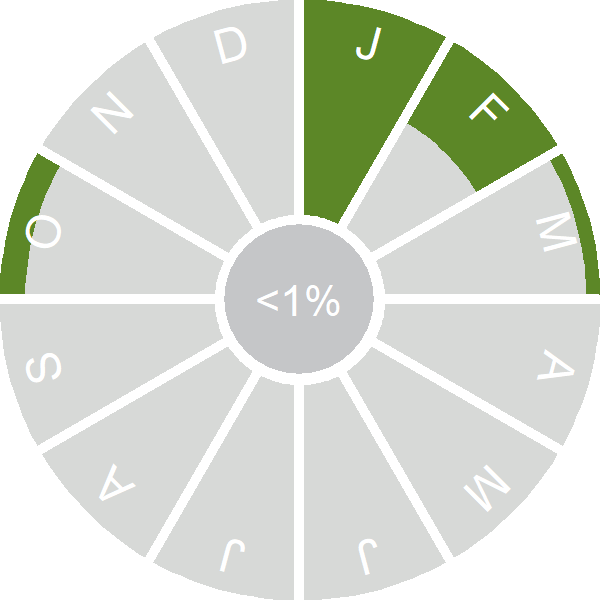Pine Bunting
Emberiza leucocephalos (SG Gmelin, 1771)
EL
 PINBU
PINBU  18560
18560

Family: Passeriformes > Emberizidae

Closely related to the Yellowhammer – and with which it may hybridise – this is a rare but annual visitor from Russia, with records peaking during October.
Most populations are migratory, moving south for the winter.
Identification
Develop your bird ID skills with our training courses
Our interactive online courses are a great way to develop your bird identification skills, whether you're new to the hobby or a competent birder looking to hone your abilities.
Browse training coursesStatus and Trends
Population size and trends and patterns of distribution based on BTO surveys and atlases with data collected by BTO volunteers.
DISTRIBUTION
This species is a rare vagrant and was recorded during Bird Atlas 2007–11 as shown on the map.
Occupied 10-km squares in UK
| No. occupied in winter | 1 |
| % occupied in winter | 0.03 |
European Distribution Map
DISTRIBUTION CHANGE
This vagrant is too rarely reported to map distribution change.
SEASONALITY
Pine Bunting is a very rare vagrant, with some records in autumn and winter.

Movement
Information about movement and migration based on online bird portals (e.g. BirdTrack), Ringing schemes and tracking studies.
RINGING RECOVERIES
View a summary of recoveries in the Online Ringing Report.
Biology
Lifecycle and body size information about Pine Bunting, including statistics on nesting, eggs and lifespan based on BTO ringing and nest recording data.
PRODUCTIVITY & NESTING
Sample sizes are too small to report Productivity and Nesting statistics for this species.
CODES & CLASSIFICATION
Field Codes 
|
2-letter: EL | 5-letter code: PINBU | Euring: 18560 |
For information in another language (where available) click on a linked name
Links to more studies from ConservationEvidence.com
- A comparison of bird communities in burned and salvage-logged, clearcut, and forested Florida sand pine scrub
- Influence of prescribed fire on winter abundance of Bachman's sparrow
- Effects of removing duck-nest predators on nesting success of grassland songbirds
Read more studies about Pine Bunting on Conservation Evidence >
Would you like to search for another species?






Share this page